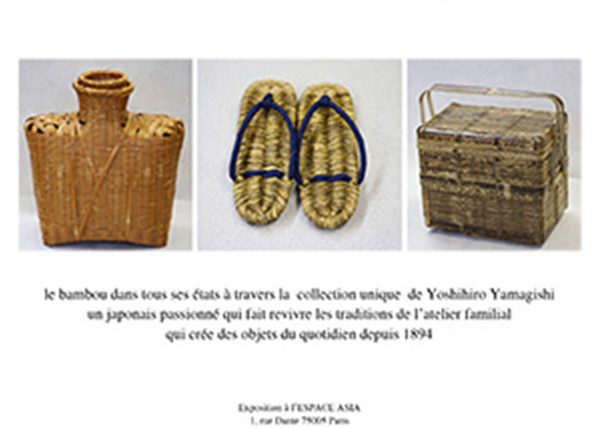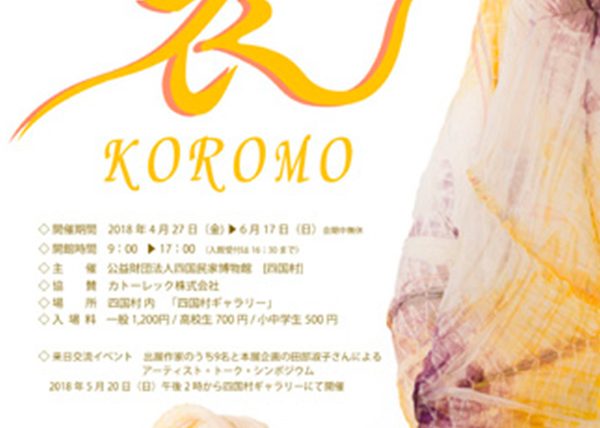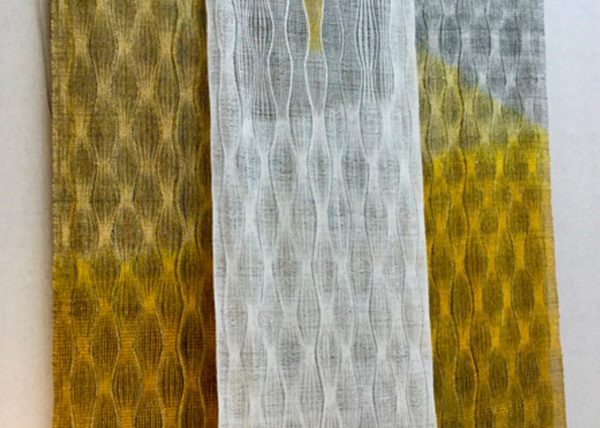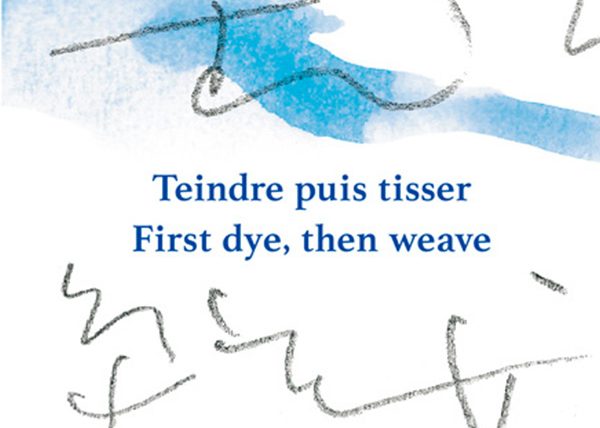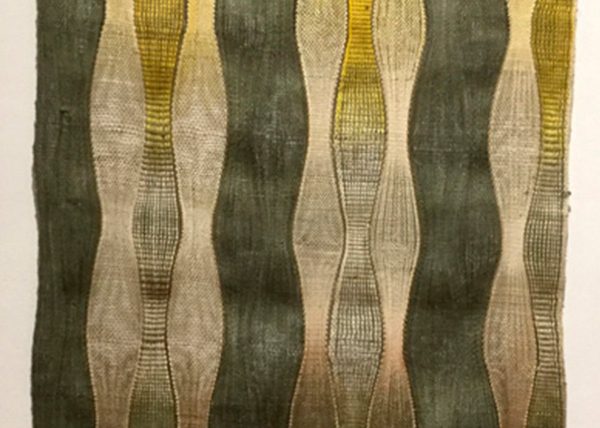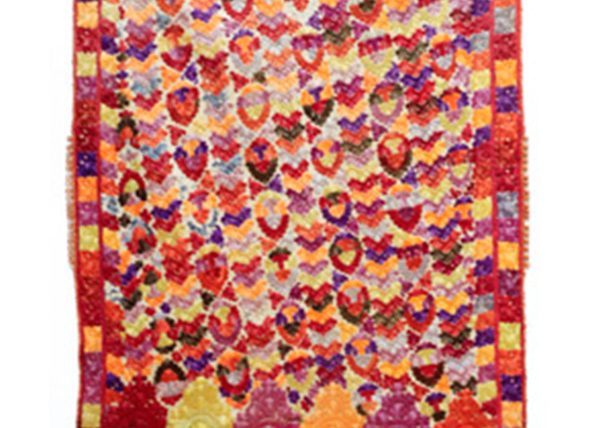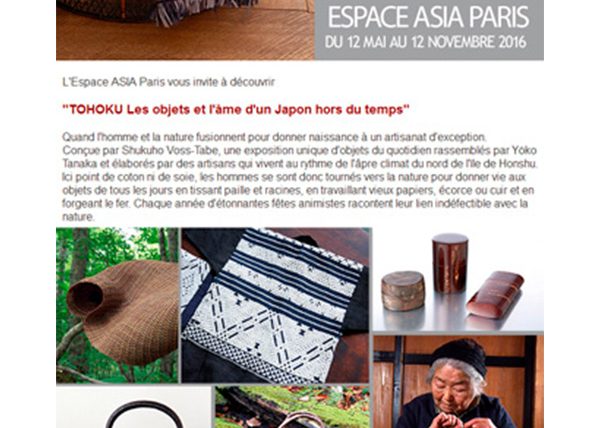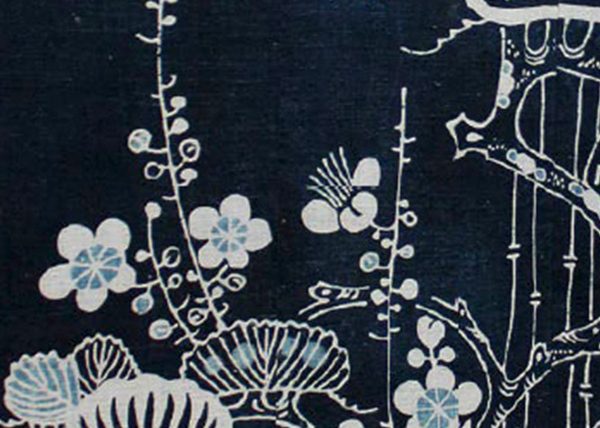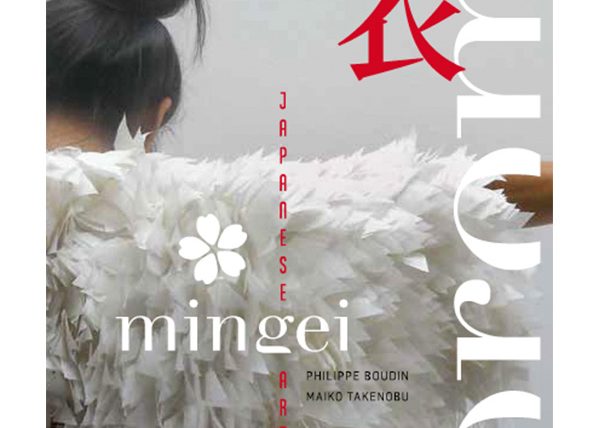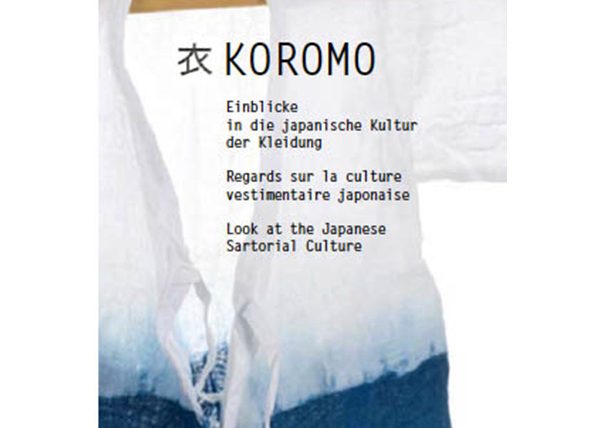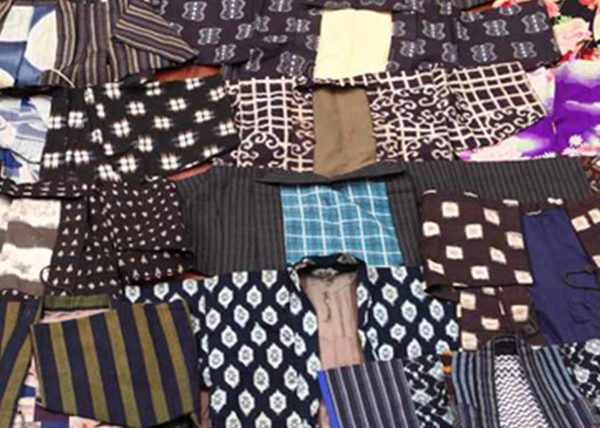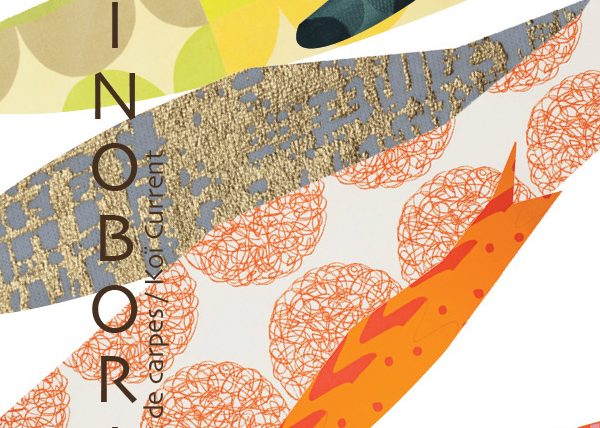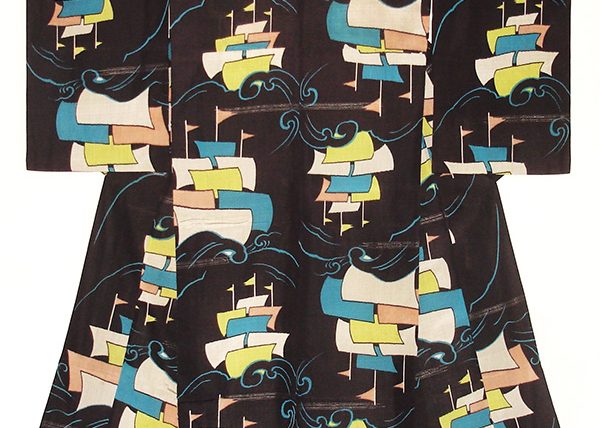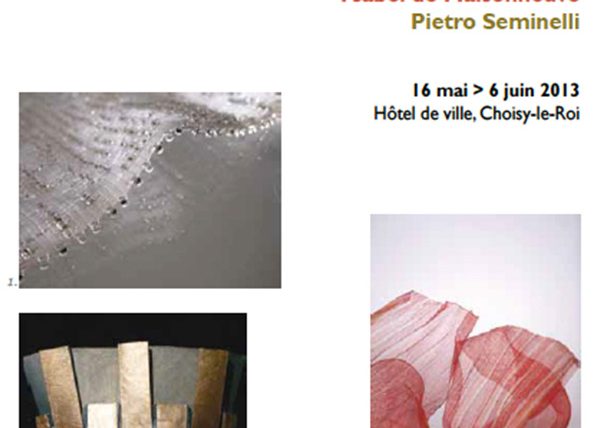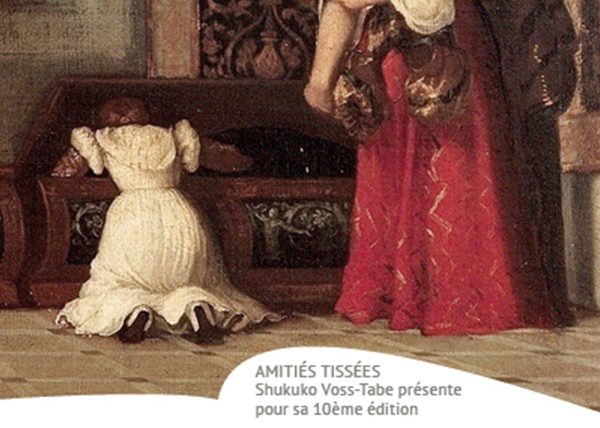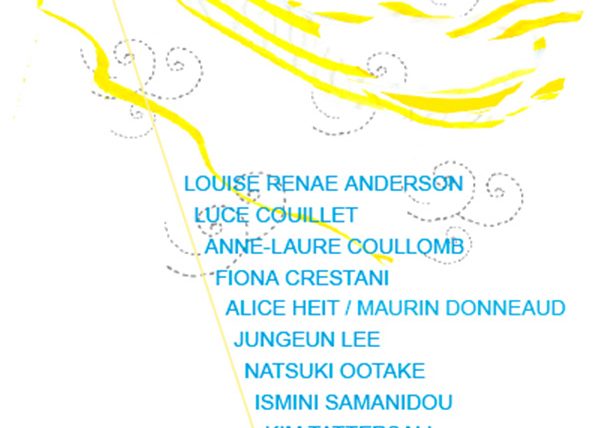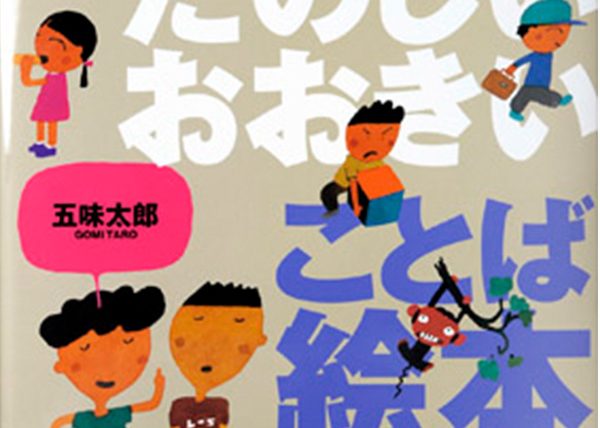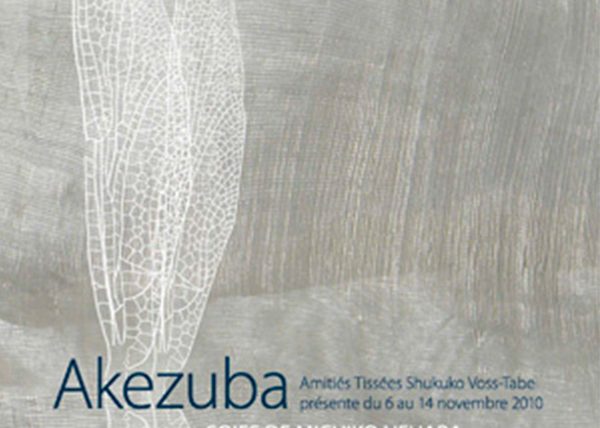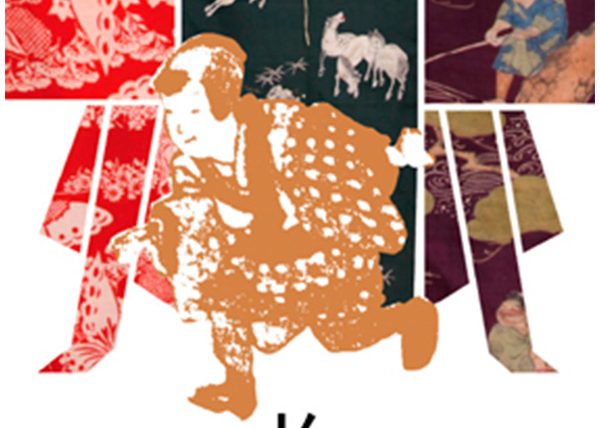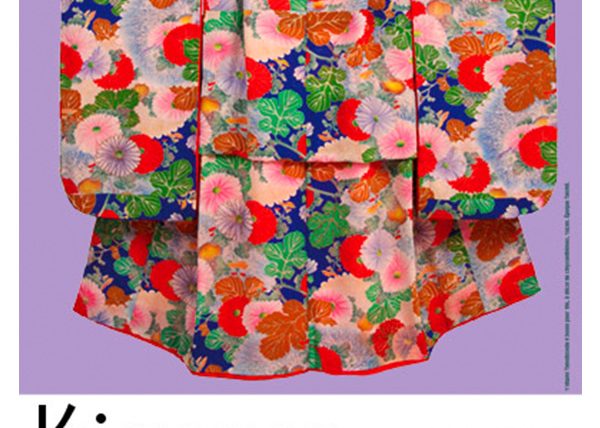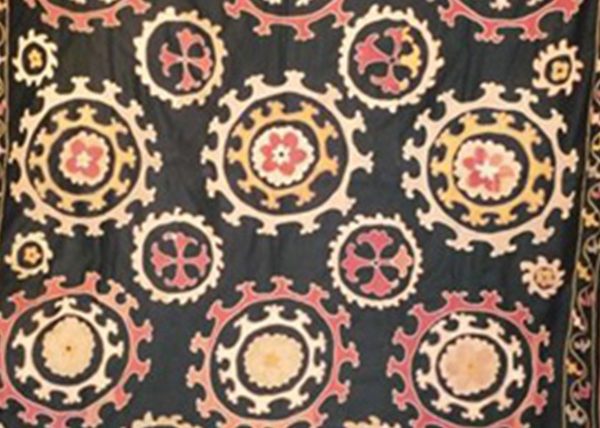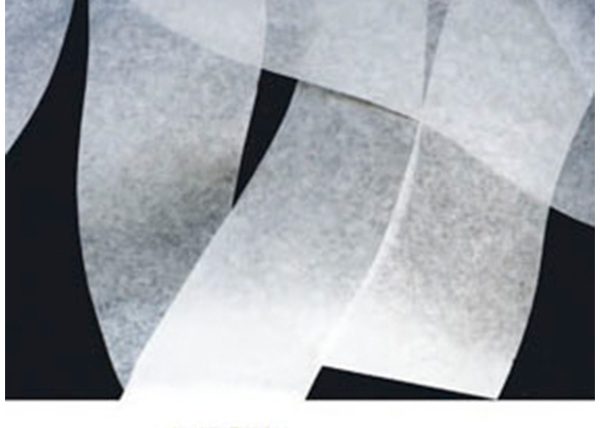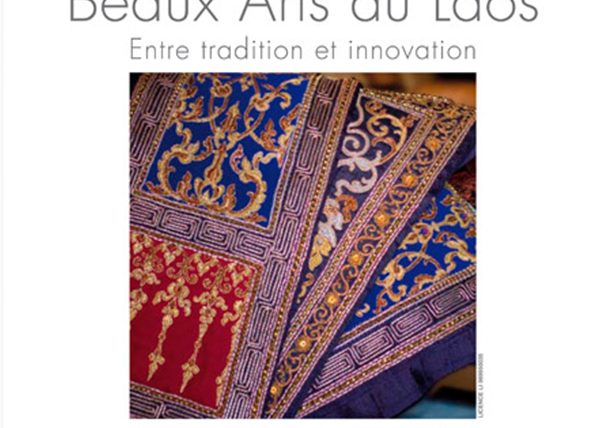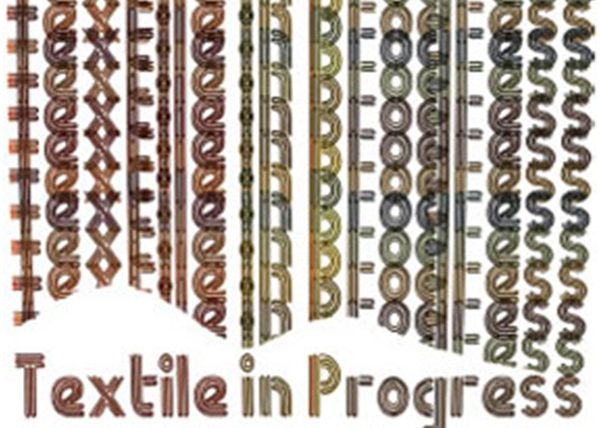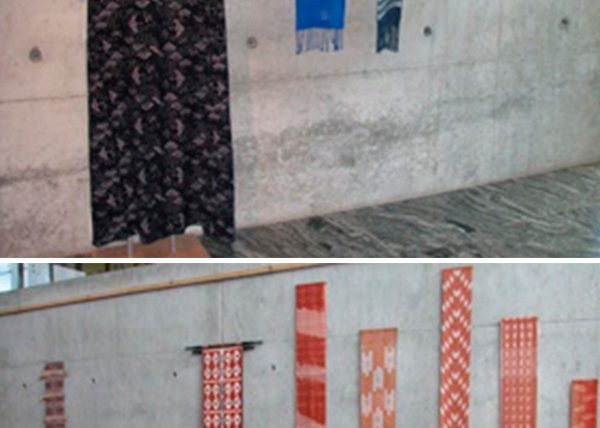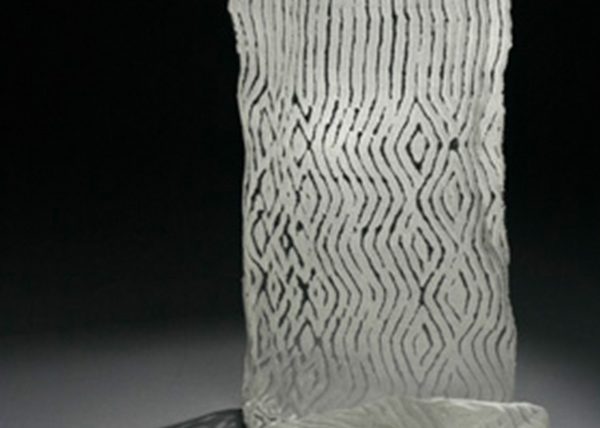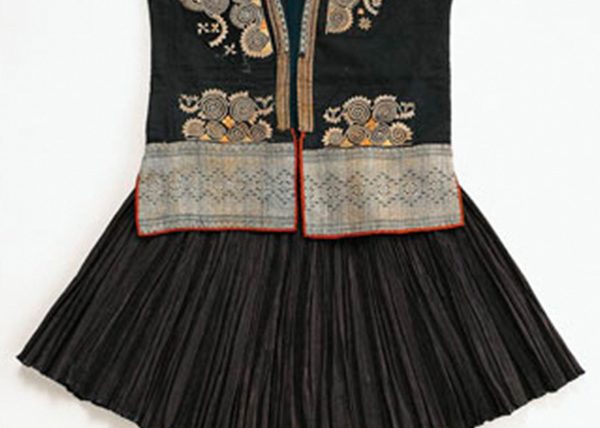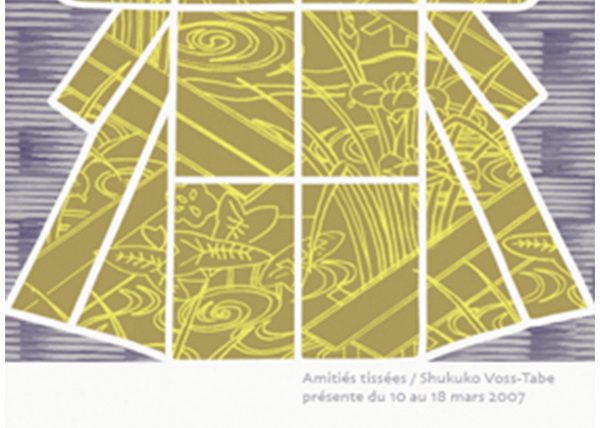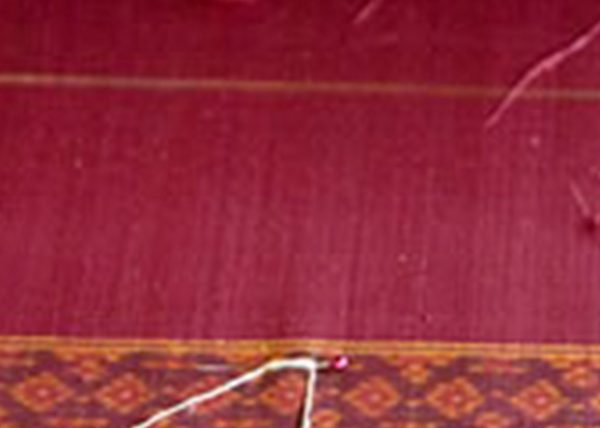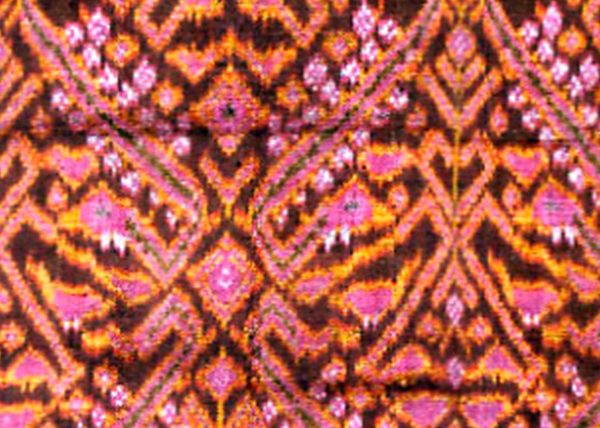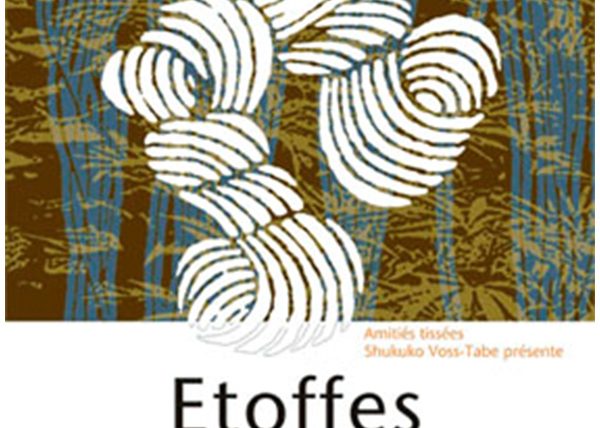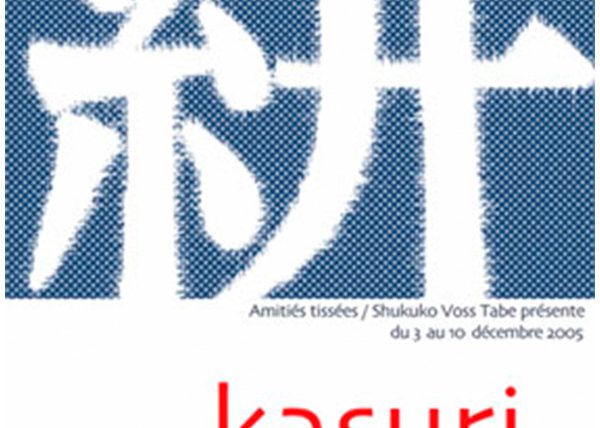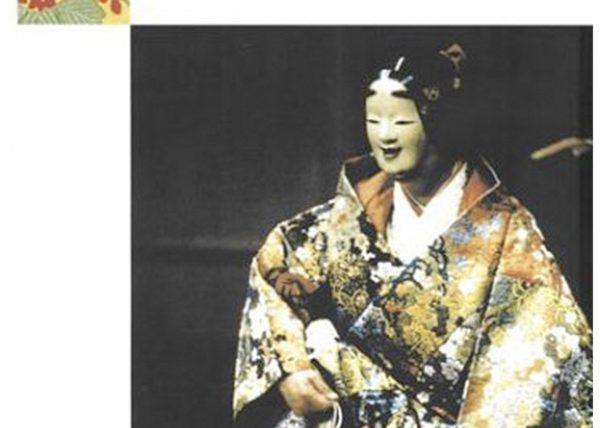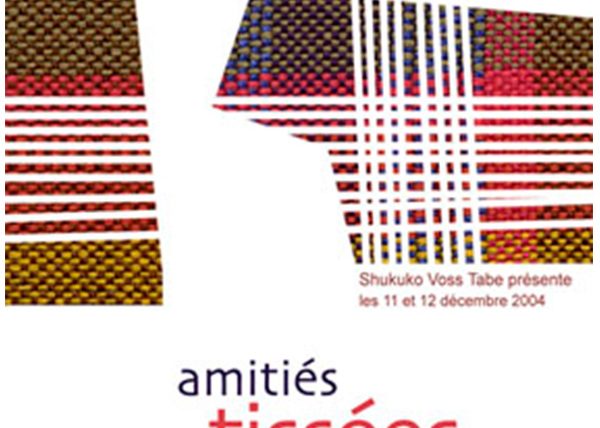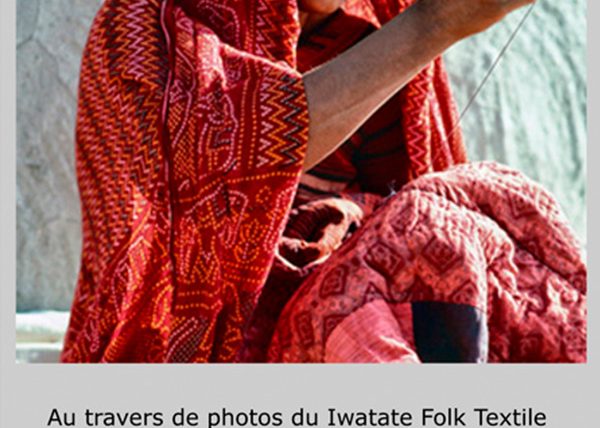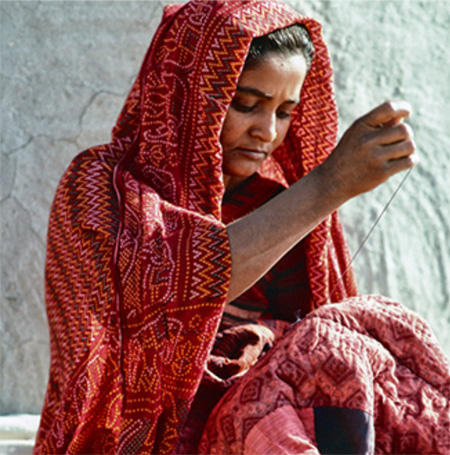
L'Espace Asia, Paris et l'Association Amitiés Tissées ont plaisir de vous inviter à l'exposition
ITINERAIRE D'UNE JAPONAISE AU PAYS DES SARIS
- 30 ans de passion textile à la rencontre de l'âme indienne -
■ Paris
du 28 juin au 10 novembre 2017
lundi - vendredi 10h-18h30,
samedi 10h-13h , 14h-17h
L’ESPACE ASIA
1, rue Dante 75005 Paris
■ Lyon
du 1 decembre 2017 au 12 mai 2018
lundi – vendredi 9h30-12h30 , 13h30-18h30
samedi 10h-13h , 14h-17h
L’ESPACE ASIA
46, rue du Pdt Edouard Herriot, Lyon
■ Toulouse
du 25 mai 2018 au fin novembre 2018
lundi – vendredi 9h30-12h30 , 13h30-18h30
samedi 10h-13h , 14h-17h
L’ESPACE ASIA
5, rue Croix Baragnon, Toulouse
Au travers de photos du Iwatate Folk Textile Museum de Tokyo et des tissus anciens, l'exposition retrace les pérégrinations de la collectionneuse japonaise Hiroko Iwatate dans les villages reculés du Gujarata et du Rajasthan en Inde, de 1970 à nos jours, Elle a ouvert son propre musée à Jiyuuga-oka, Tokyo.
Through the photos of the Iwatate Folk Textile Museum of Tokyo and ancient textiles, this exhibition recounts the journey of the Japanese collector Hiroko Iwatate, in remote villages through Gujarat and Rajasthan, India, since 1970. She has opened her own museum in Jiyuuga-oka, Tokyo
Photos : Iwatate Folk Textile Museum
Textiles : collections particumières, Paris / private collections, Paris
Contact:
info@iwatate-hiroko.com
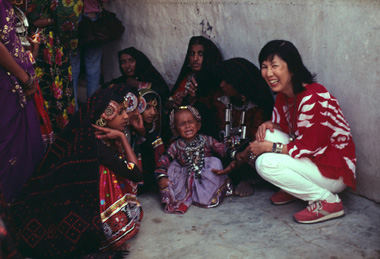
Hiroko Iwatate a été invitée à la fête de mariage chez un patriarche de la tribu Rabari, 1983
Hiroko Iwatate was invited to a wedding by a Rabari patriarch. 1983
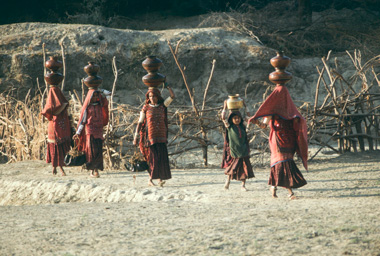
De bon matin les femmes cherchent de l'eau, Hodke, Gujarat, 1983
Early in the morning women go to the fountain, Hodke, Gujarat, 1983
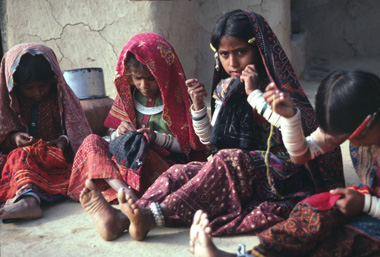
Fillettes brodant, Kutch, Gujarat, 1983
Girls embroidering, Kutch, Gujarat, 1983
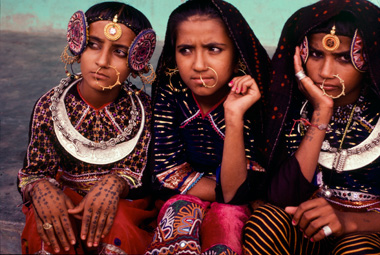
Fillettes de Rabari en tenue de fête, Gujarat, 1983
Girls of Rabari tribes in festive dress, Gujarat, 1983
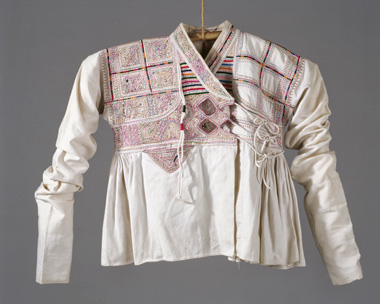
Kediyun – chemise de homme de Rabari pour fête, coton
Motifs sont piqués des fils colorés sur le fond blanc,
H. 55 cm, L. 192 cm
Gujarata, début 20° siècle
Kediyun - man's formal blouse of Rabari tribes. cotton
The embroidery consists of fine backstitches ,which at first glance, look like a line of dots.
H. 55 cm, L. 192 cm
Gujarata, early 20° siècle
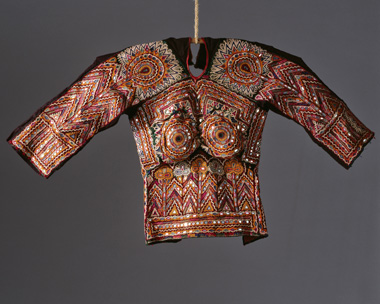
Kanchali – blouse de femme de Rabari pour fête, coton
Brodé aux motifs de fleurs et d'arbres,
H. 32 cm, L. 52 cm
Gujarat, début 20° siècle
Kanchali – Woman's gala blouse of Rabai tribes, cotton
It's filled with gorgeous embroidery work showing glittering flowers and trees,
H. 32 cm, L. 52 cm
Gujarat, early 20° century
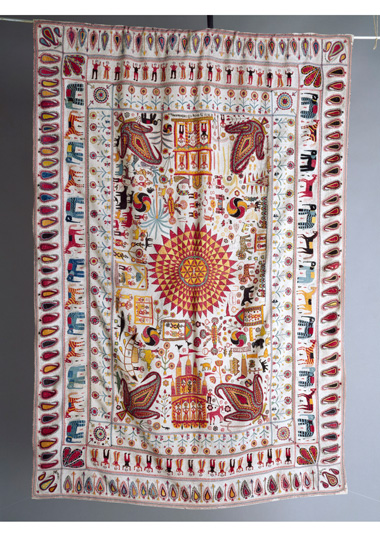
Kantha – tissus cérémonial
Aux motif d'un lotus aux 100 pétales aux centre, paisley – symbole d'arbre de vie aux quatre coins, chevaux et éléphants – montures des dieux, tout est symbole de bonheur et de bon augure que la mère souhaite à sa fille lors de mariage 196 x 139 cm
Bengal (aujourd'hui Bangladesh) 2 ème moitié 19° siècle
* Faute de moyens d'acquérir de nouveaux tissus, les femmes utilisent de vieux saris ou dhotis et les piquent ensemble et brodent de différents motifs.
**dhotis est un vêtement de homme.
Kantha - ceremonial cloth
In the middle is the thundred-petalled lotus, with a paisley in four corners, representing a tree of life. On the borders are horse and elephants which are god's vehicles. The whole world is here, shining with abundance, fertility and happiness. 196 x 139 cm
Bengal (today Bangladesh) 2 nd half 19° century
* For lack of means to buy new fabrics, women use old saris or dhotis and stick them together and embroider different patterns.
** dhotis is man's cloth
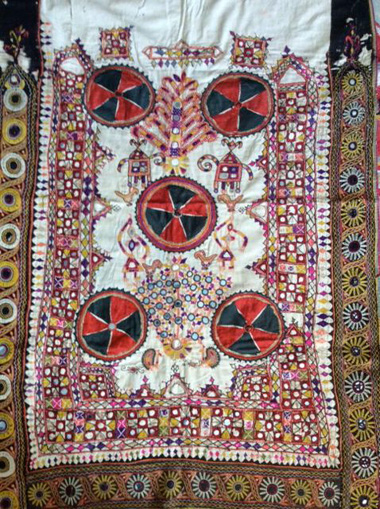
Dharaniyo ou darnia ou orchar – couvre-lit ou couvre le tas de couvertures pour garder les propre
Fils de chaîne de coton, fils de trame de coton industriels
Broderie : shisha de miroirs, appliqué et patchwork
H. 179 cm, L. 114 cm
Kutch, Gujarat, Ethnie Ahir, 20° siècle
Dharaniyo ou darnia ou orchar – bedding cover or cover for protecting proper covers
Warp of cotton thread, industrial weft of industrial cotton
Embroidery : shisha embroidery of mirrors, appliqué and patchwork
H. 180 cm, L. 115 cm
Kutch, Gujarat, Ahir tribes, 20° century
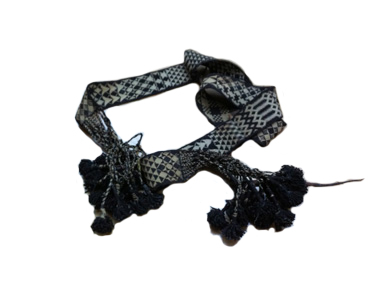
Sangle de chameau
Laine de chèvre, tressé aux motifs géométriques différents, bois, cuir
L. 343 cm avec des franges aux deux côtés Gujarat, 20 °siècle
Camel girth
Goat hair, densly braided with different geometric patterns, wood, leather
L. 343 cm with fringes Gujarat, 20 °century
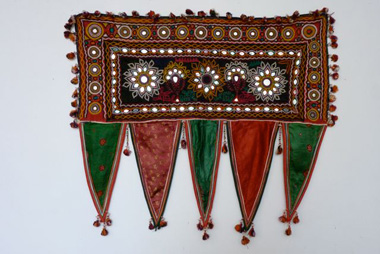
Toran – tenture de porte
Coton
Broderie : fils de coton, fils de soie, boutons, perles, pompons, broderie de shisha de miroir
Berger de Rabari tribes
H. 42cm, L. 53 cm
Kutch, Gujarat, 20°siècele
Toran – decorating at the entrance of the house
Cotton
Embroidery : cotton thread, silk thread, buttons, bead, shisha embroidery of mirror
Shepherd of Rabari tribes
H. 42cm, L. 53 cm
Kutch, Gujarat, 20°century
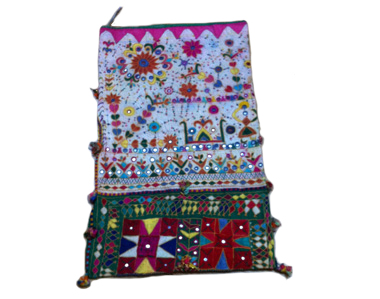
Kathali – sac de dot
Broderie : fils de coton, fils de soie, broderie de shisha de miroirs
H. 72 cm, L. 41 cm
Gujarata, probablement de peuple Rabari
20° siècle
Kathali – dowry bag
Embroidery : cotton thread, silk thread, shisha embroidery with mirrors
H. 72 cm, L. 41 cm Gujarata, probably Rabari trives
20 °century
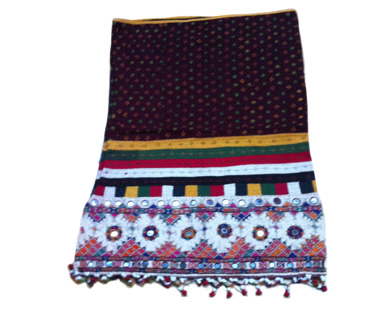
Kathali – sac de dot
Broderie : fils de coton, fils de soie, broderie de shisha de miroirs, coquillage de cauri
H. 76 cm, L. 52 cm Gujarat, probablement de peuple Rabari
20° siècle
Kathali – dowry bag
Embroidery : cotton thread, silk thread, shisha embroidery with mirrors, cauri shells
H. 72 cm, L. 41 cm Gujarata, probably Rabari tribes
20° century
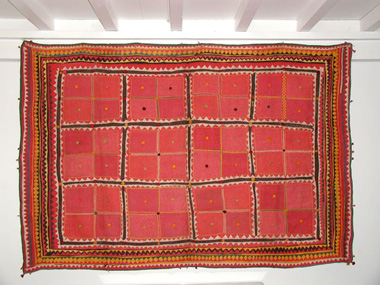
Tenture
Fils de chaîne de coton, fils de trame de coton
Broderie : courtepointe, appliqué , pompons
H. 179 cm, L. 114 cm
Kutch, Gujarat, 20° siècle
Hanging
Warp of cotton thread, weft of cotton thread
Embroidery : quilting, appliqué, pompon
H. 179 cm, L. 114 cm
Kutch, Gujarat, 20° century
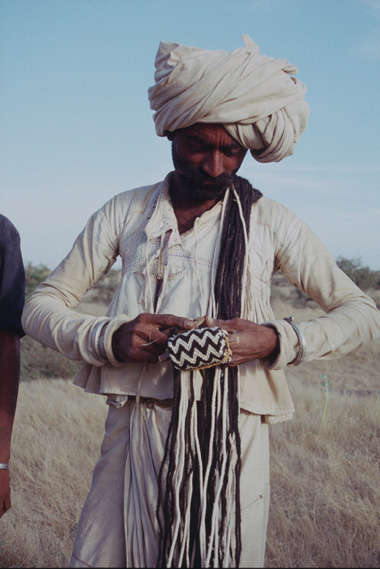
Un homme de Rabari tresse une sangle de chameau avec des retors de poils de chèvre Kutch, Gujarat, 1989
A Rabari man braiding a girth with a twisted goat hair, Kutch, Gujarat, 1989
Expositions Archives
